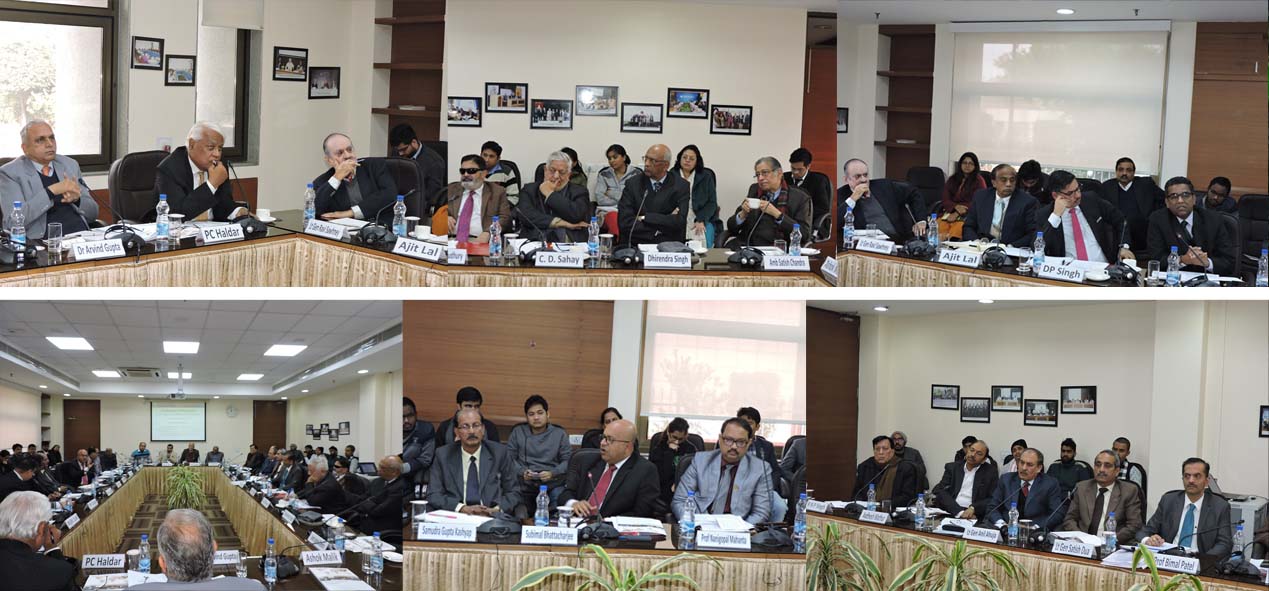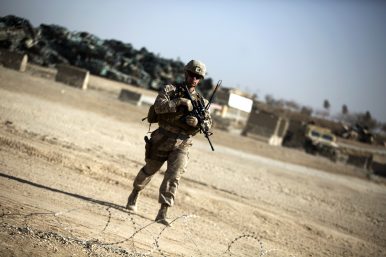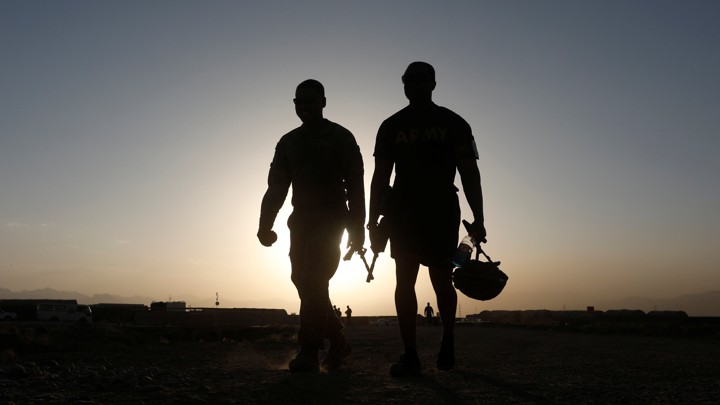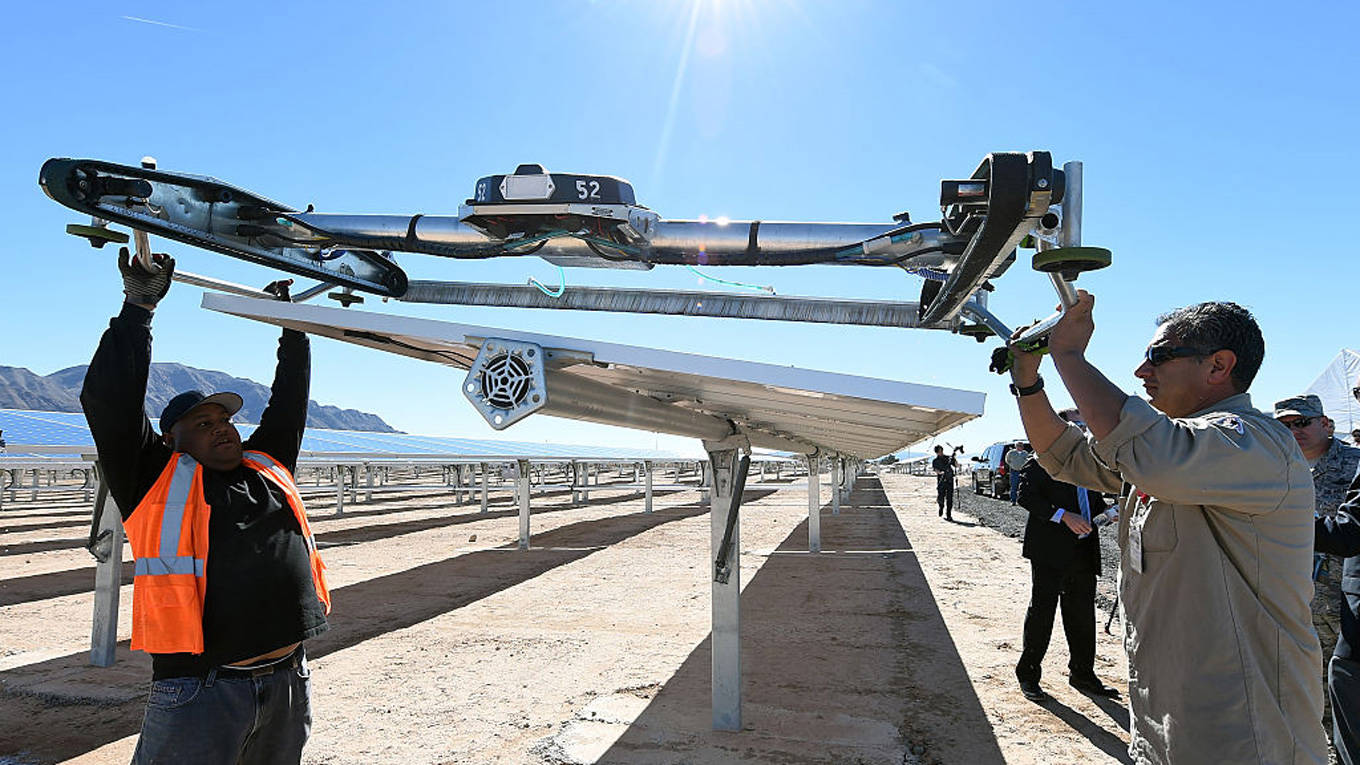 The main dimensions of the challenge are well-known. Tens of millions of illegal migrants have come to India and changed the demographic profile of several areas of the country, particularly in the North-East. Many of them have acquired access to citizenship documents through illegal means and are even participating in the electoral process. Their presence has created serious tensions at the local level. Undoubtedly, migration poses a great risk to national security. A comprehensive approach is required to deal with that problem.
The main dimensions of the challenge are well-known. Tens of millions of illegal migrants have come to India and changed the demographic profile of several areas of the country, particularly in the North-East. Many of them have acquired access to citizenship documents through illegal means and are even participating in the electoral process. Their presence has created serious tensions at the local level. Undoubtedly, migration poses a great risk to national security. A comprehensive approach is required to deal with that problem.
Persecution of Minorities in Afghanistan, Bangladesh, and Pakistan
















/arc-anglerfish-arc2-prod-mco.s3.amazonaws.com/public/QFUXPXRUQZB3NDP2JF37C3GKZ4.jpg)
/arc-anglerfish-arc2-prod-mco.s3.amazonaws.com/public/7OUN3EF2HZH55O2KBKILLBHNOE.jpg)
